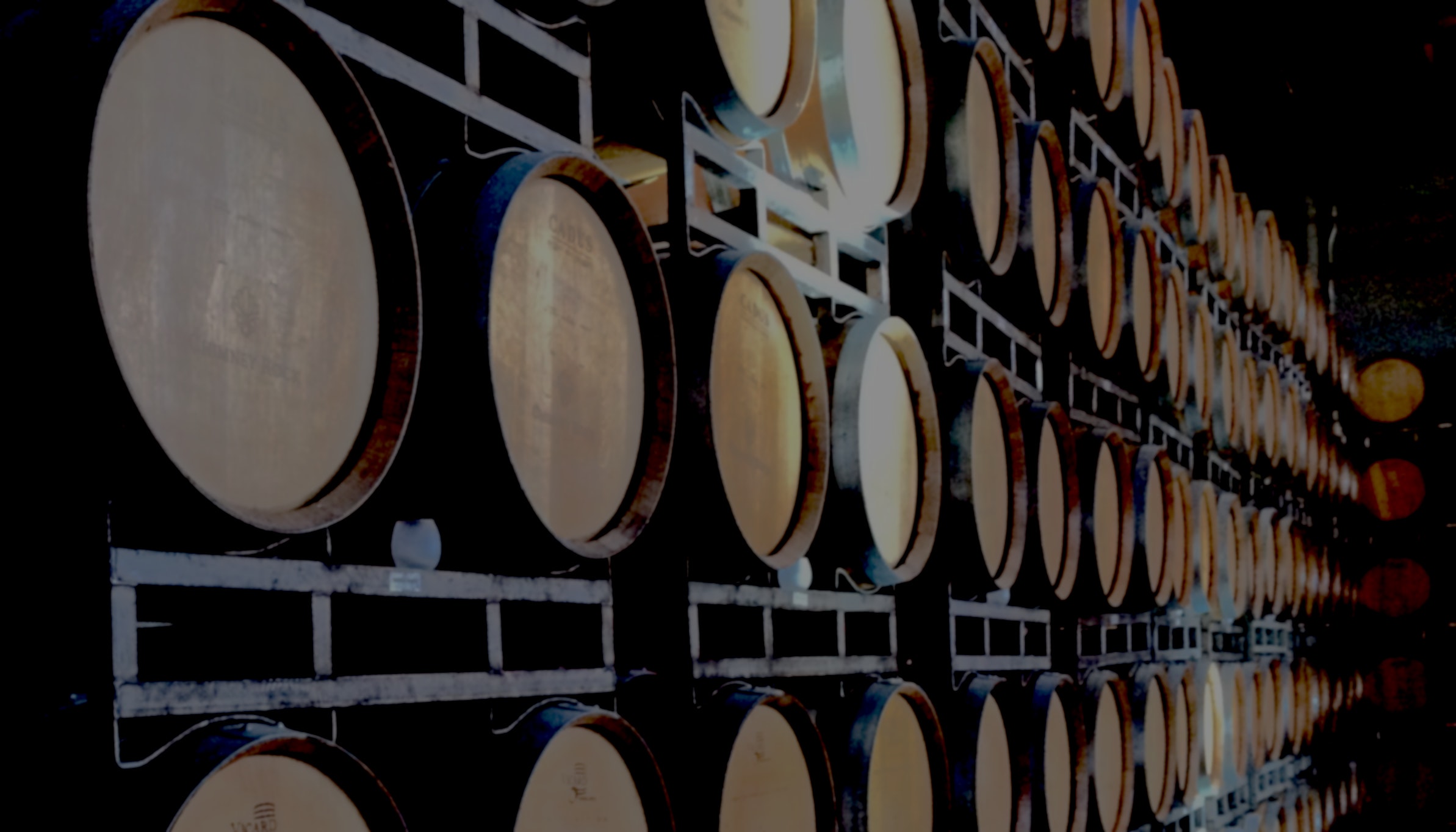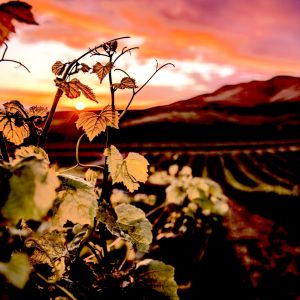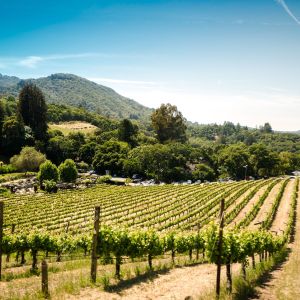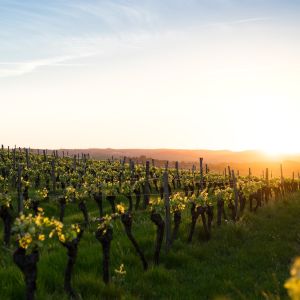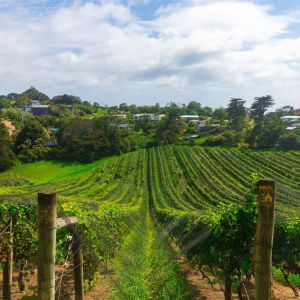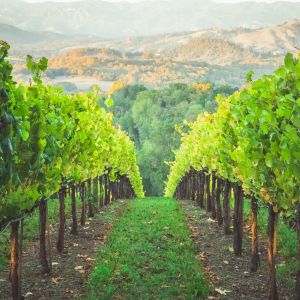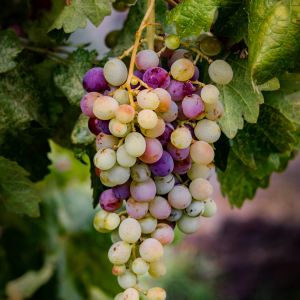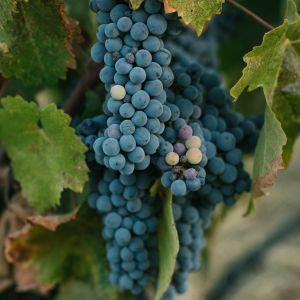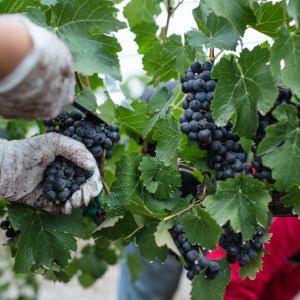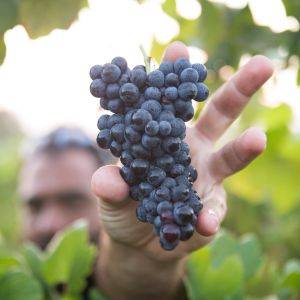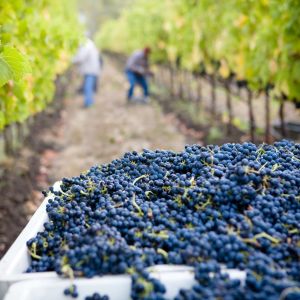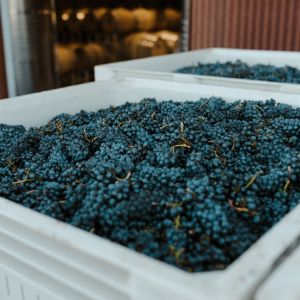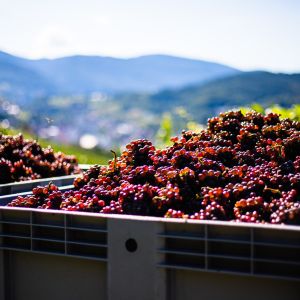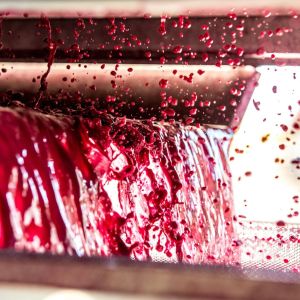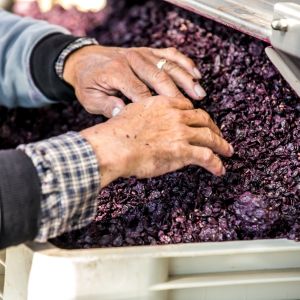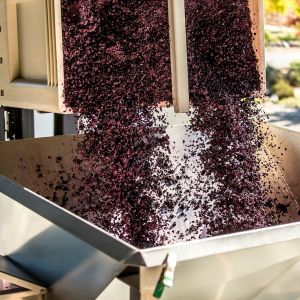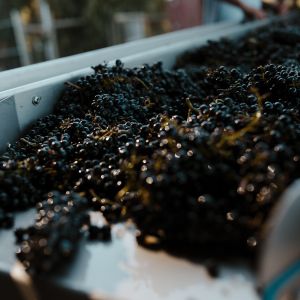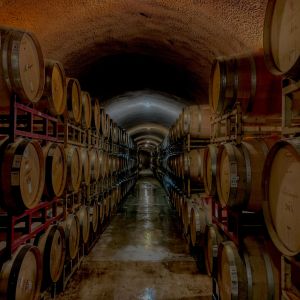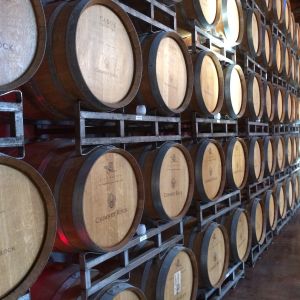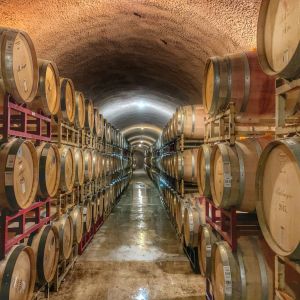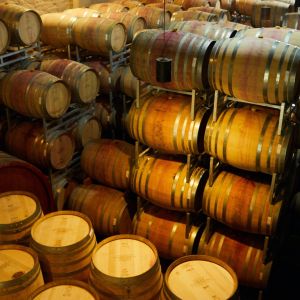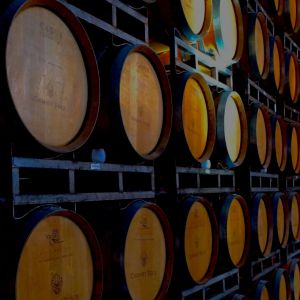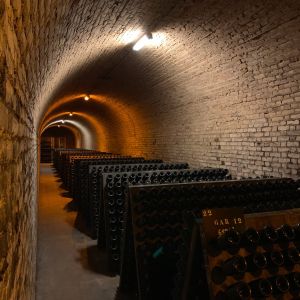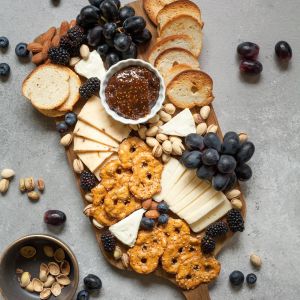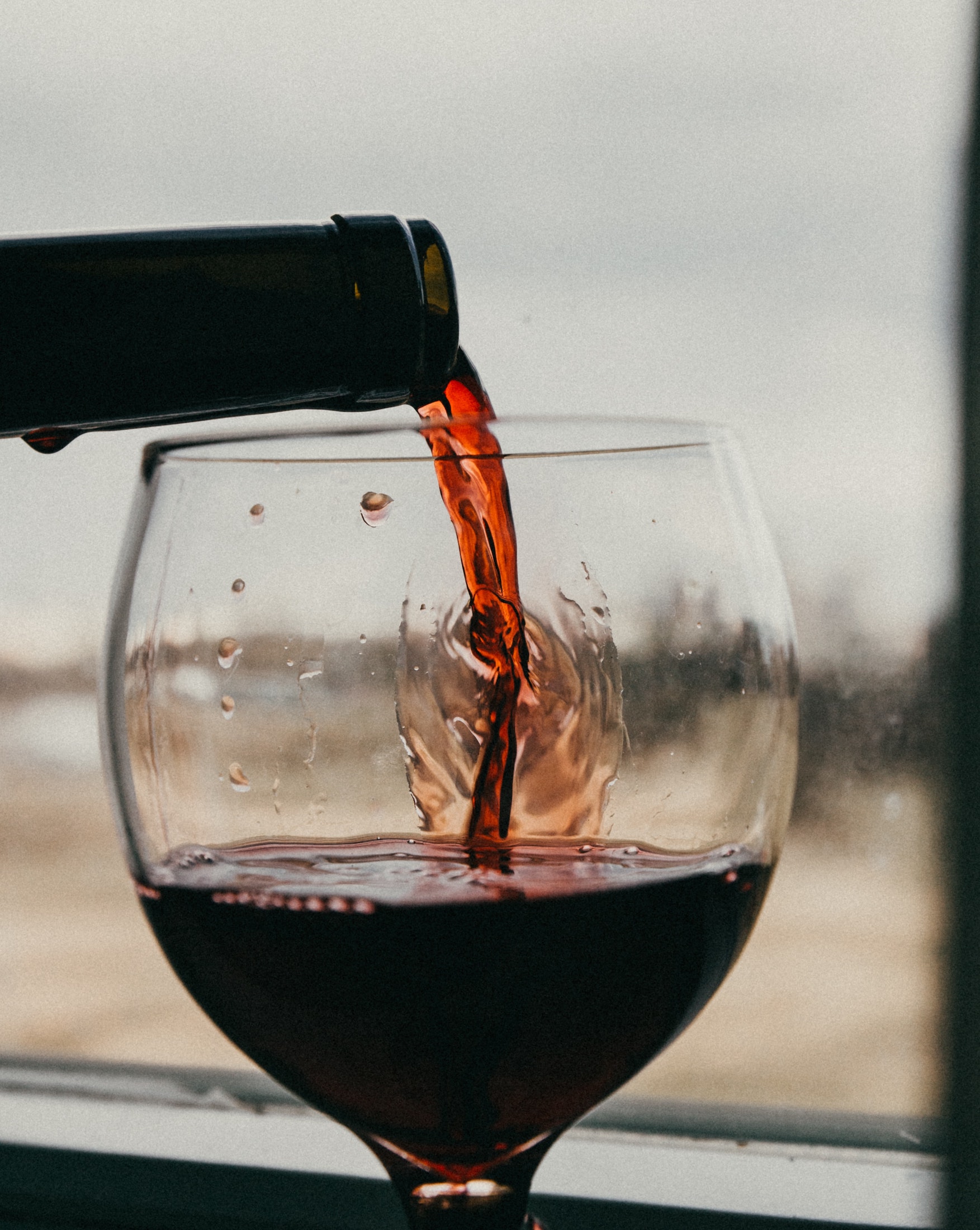
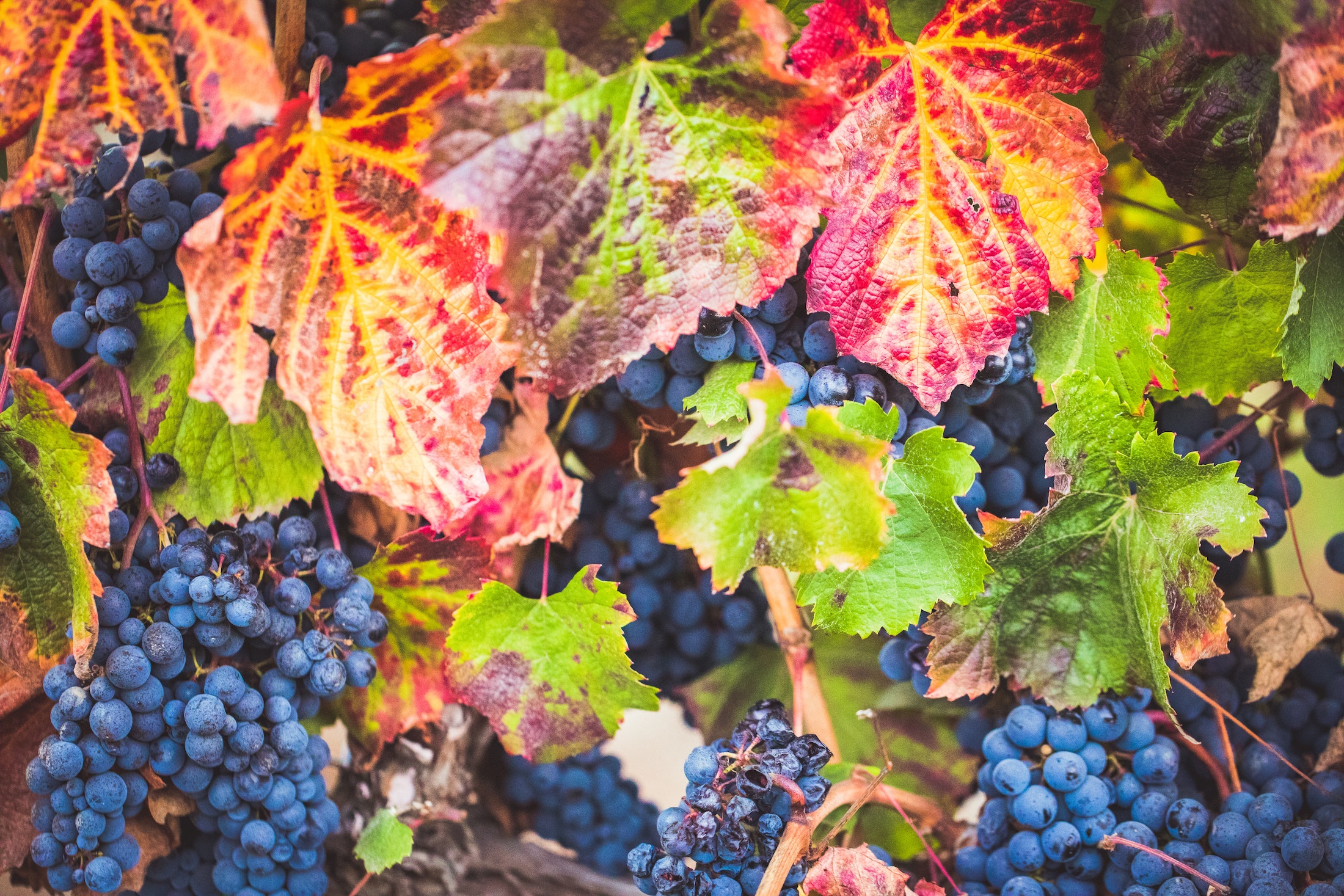


Understanding Wine Terms:
Negociant to Typicity defined and explained.
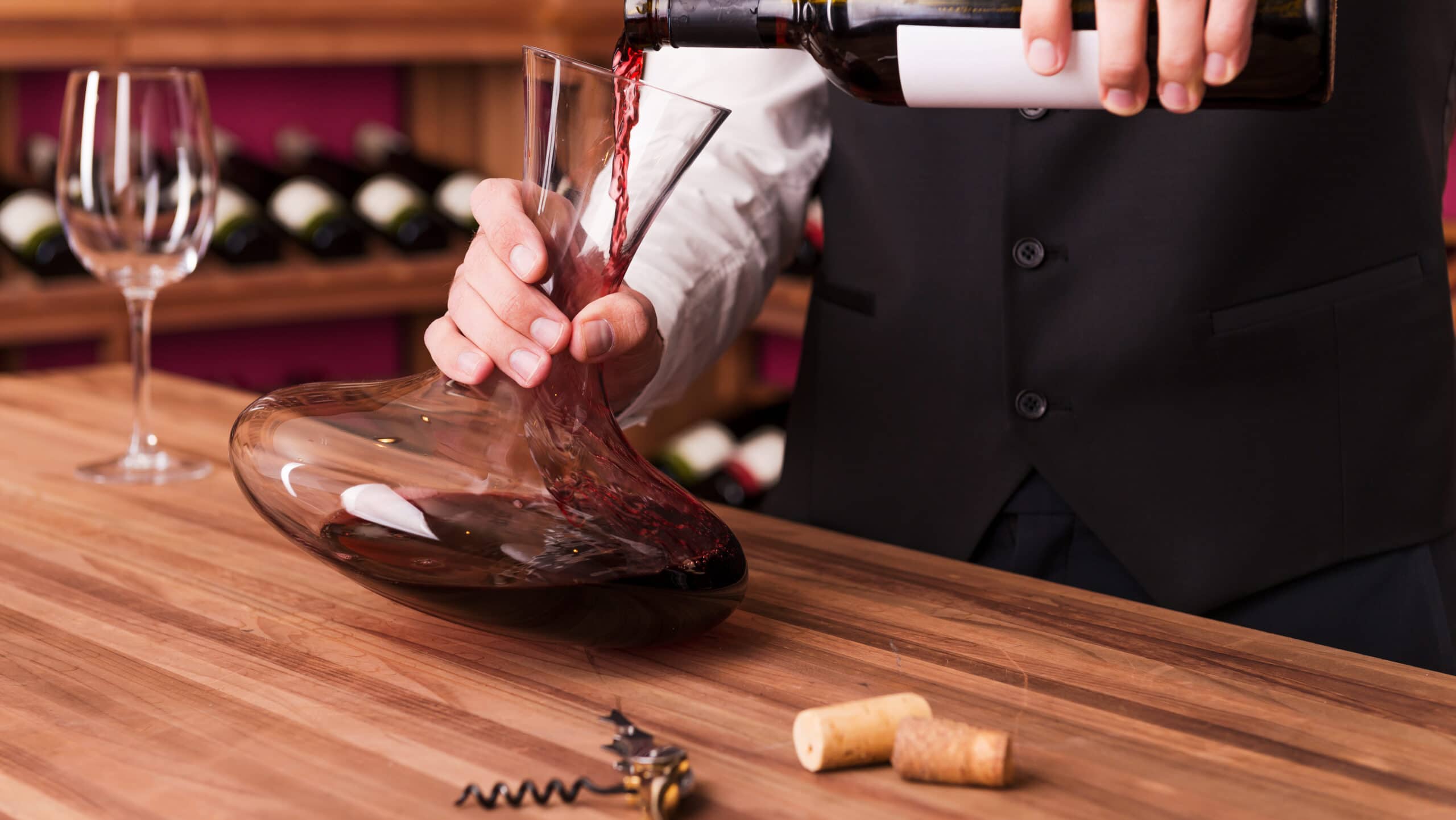
- Negociant — French word describing a wholesale merchant, blender, or shipper of wine.
- NWS — the National Wine School.
- Noble rot — see “botrytis.”
- Nose — a tasting term describing the aromas and bouquets of a wine.
- Oak/oaky — tasting term denoting smells and flavors of vanilla, baking spices, coconut, mocha, or dill caused by barrel-aging.
- Oenology — the science of wine and winemaking (see “enology”).
- Open — tasting term signifying a wine that is ready to drink.
- Oxidation — wine exposed to air that has undergone a chemical change.
- Phenolic compounds — natural compounds present in grape skins and seeds (see “tannin”).
- Phylloxera — a microscopic insect that kills grape vines by attacking their roots.
- Plonk — British slang for inexpensive wine; also used to describe very low-quality wines.
- Ratings— wine reviews based on a hundred-point scale.
- Rosé— pink wines made from red grapes.
- Rough — the tactile “coarse” sensation one experiences with very astringent wines.
- Sec — the French word for “dry.”
- Sommelier — A wine butler; also used to denote a certified wine professional.
- Spicy — a tasting term used for odors and flavors reminiscent of black pepper, bay leaf, curry powder, baking spices, oregano, rosemary, thyme, saffron, or paprika found in certain wines.
- Supertaster — an individual with the genetic ability to taste a wider array tannins and other bitter compounds.
- Sweet — wines with perceptible sugar contents on the nose and in the mouth.
- Tannins — the phenolic compounds in wines that leave a bitter, dry, and puckery feeling in the mouth.
- Tartaric acid — the principal acid in grapes, tartaric acid promotes flavor and aging in wine.
- Terroir — French for geographical characteristics unique to a given vineyard.
- Texture — a tasting term describing how the wine feels on the palate.
- Typicity — a tasting term that describes how well a wine expresses the characteristics inherent to the variety of grape.
Credit source: Wine School & Glossary by Vinology
Oak-Like Tones in Wine:
…Oak / Oaky — tasting term denoting smells and flavors of vanilla, baking spices, coconut, mocha, or dill caused by barrel-aging”
